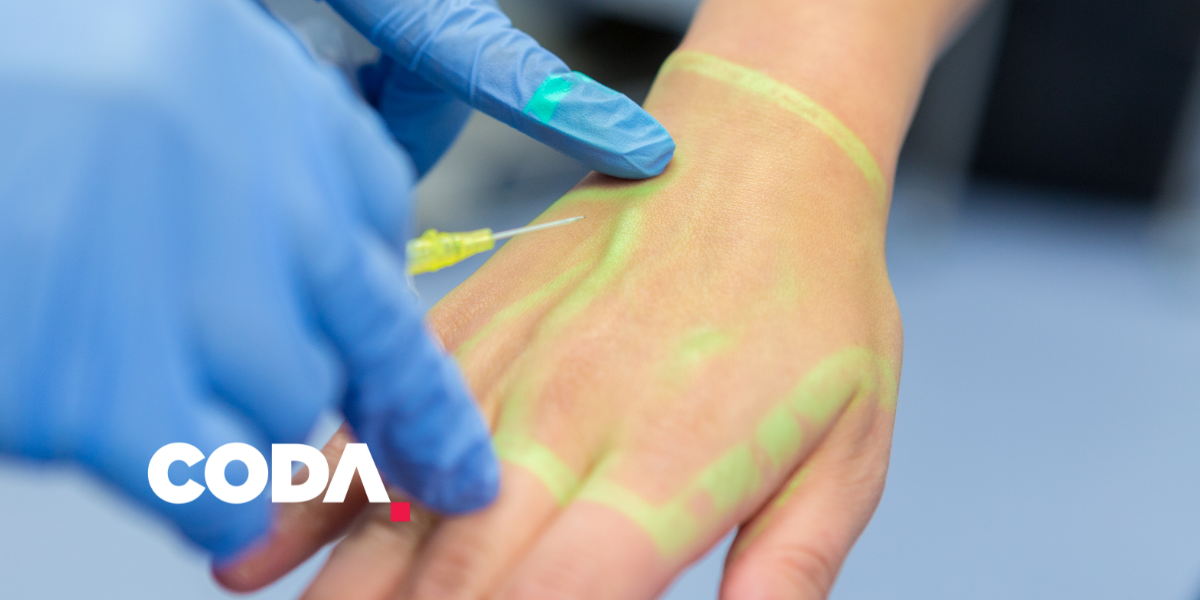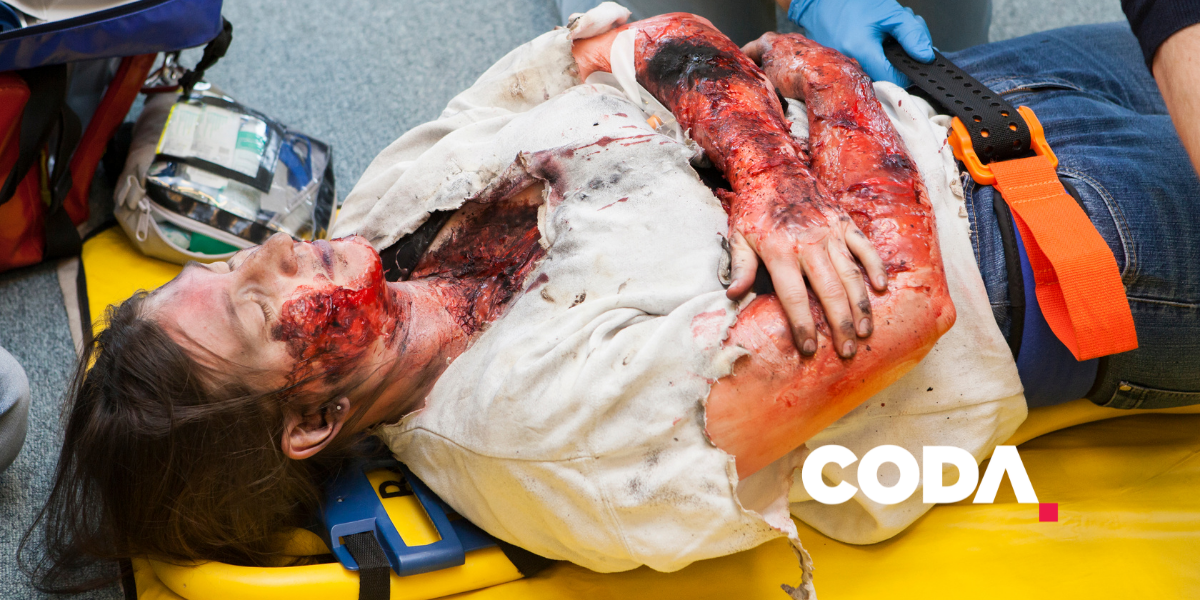Vascular Access: RaCeVA, RaPeVA, Micropuncture, Tip position
In this second episode on vascular access, the team from the Australian Vascular Access Society (AVAS) discuss vessel assessment with RaCeVA and RaPeVA as well as the use of Micropuncture and establishing optimal catheter tip position.
Before puncturing a vessel for vascular access it is important to:
- Trace the anatomy of the vascular pathway for aberrancy
- Ensure that the vessel calibre is suitable for the chosen catheter
- Ensure no obstruction with thrombus or occlusion
Moreover, it is vital that the catheter doesn’t occupy more than one-third of the diameter of the vessel. This will significantly reduce venous blood flow and increase the risk of catheter-related thrombosis. For PICC line insertion the arm can be divided into three zones to select an optimal vessel puncture site. The brachial fossa region is a “Red – no Go” zone, the mid-arm is the “Green – Optimal” zone and the proximal third of the arm is a “Yellow – Axillary” zone.
When inserting a line, the catheter tip should be at the cavoatrial junction approximately 3-5cm below the carina on a chest X-ray. The use of a navigation system like catheter tip ECG (intracavitary ECG) is extremely accurate. It is often still useful in patients in atrial fibrillation but more difficult for patients’ with paced rhythms.
For more like this, head to our podcast page. #CodaPodcast





